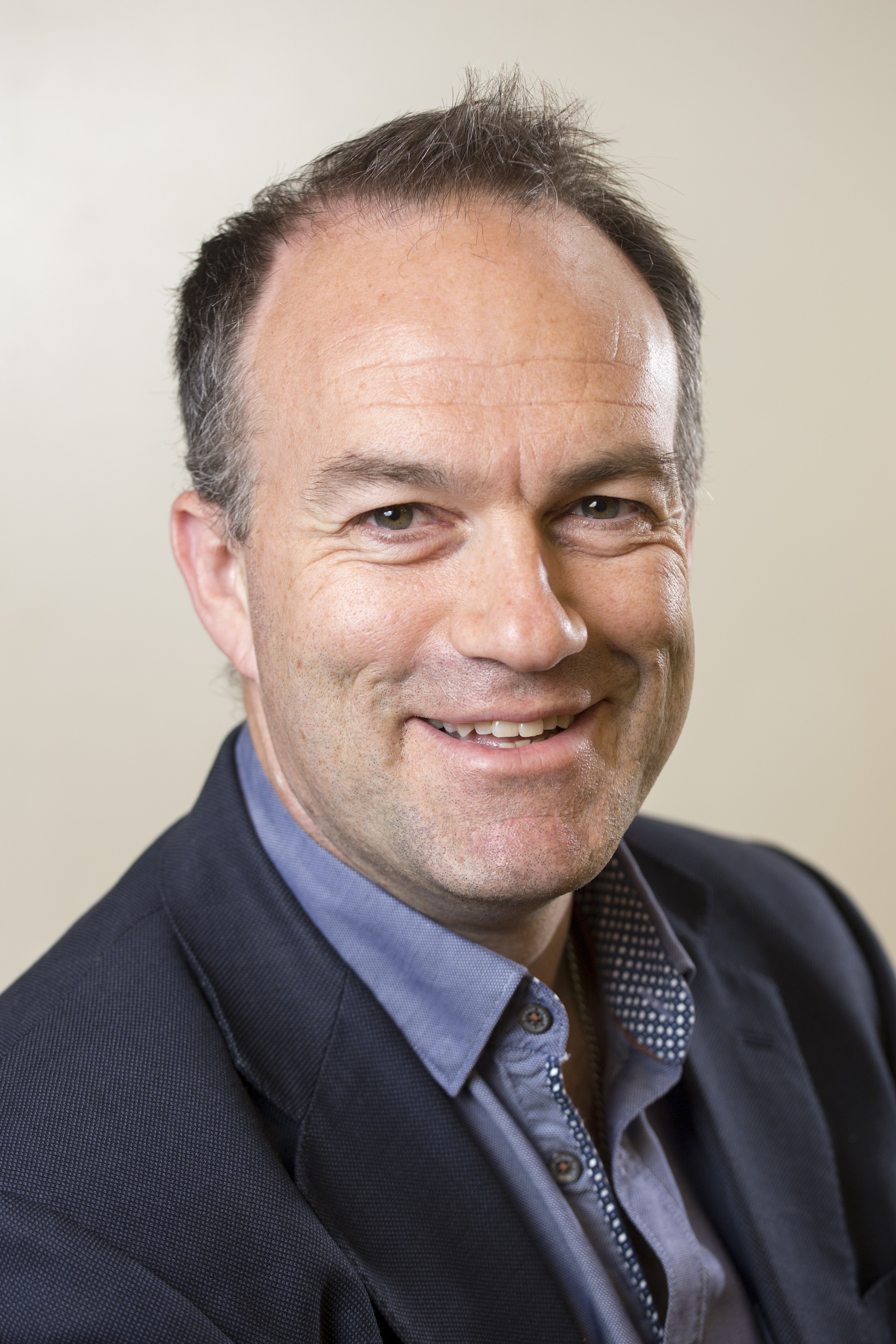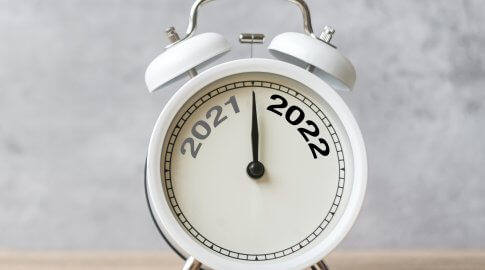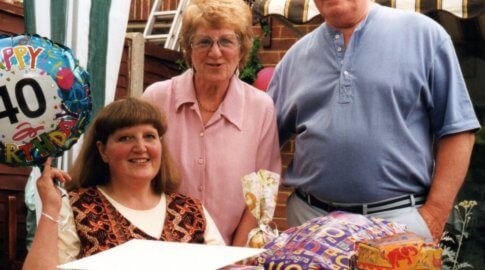Your essential guide to oxygen
Oxygen is vital for life – and oxygen therapy is part of everyday life for many people with pulmonary hypertension. Here we take a closer look at the life-supporting component of air and how some PH patients receive oxygen therapy.
Oxygen is needed by every cell in the human body and is used to generate energy through our respiration process in each cell. It really is vital to life.
It comes in to our bodies through the air we breathe into our lungs and moves around the body attached to haemoglobin in red blood cells.
In pulmonary hypertension the walls of blood vessels in the lungs (the pulmonary arteries) are narrowed and thickened, making it harder for blood to flow through the lungs easily. Or the arteries may be blocked by blood clots, with the same effect on blood flow. This means the heart has to pump much harder to get enough blood through the lungs and then around the body. How much blood your heart pumps around the body is referred to as your cardiac output.
The oxygen level in your blood is usually measured in the clinic with a finger-tip sensor and is referred to as your oxygen saturation level. Normally, oxygen saturation levels should be between 96 and 98 per cent. You can still be breathless with normal or near normal oxygen levels because your cardiac output is low.
Sometimes in pulmonary hypertension, because blood cannot flow evenly through the lungs, the actual level of oxygen in the blood also drops. This can add to the problem of a low cardiac output and worsen breathlessness symptoms.
To counteract this for some people with PH, oxygen treatment is used to increase the amount of oxygen in the lungs and bloodstream. This is also known as home oxygen therapy.
Not everyone with PH needs oxygen therapy and many will not need it all the time. It may be that oxygen therapy is only used at night when sleeping. This is because oxygen levels are usually lower in the blood at night.
Whether or not someone with PH needs oxygen, and when they need it, will be agreed with health professionals after an assessment. The oxygen will be provided for free by the NHS at the person’s home, where they will be shown how to use it by a specialist engineer.
The oxygen is supplied in a cylinder or an oxygen concentrator machine. Cylinders can be filled with compressed oxygen or liquid oxygen. Liquid oxygen is supplied in a large container, every fortnight or so, and this is used to fill a portable cylinder, which is small enough to carry around.
Compressed oxygen is supplied in cylinders of various sizes, some which are small enough to be portable. They can be moved using wheeled devices or backpacks.
Air is about 21 per cent or one fifth oxygen. The rest is mainly nitrogen. A concentrator takes in air and extracts the nitrogen from the air, leaving just oxygen. Patients given a concentrator, which is also sometimes called a convertor, compressor or condenser, are also given a back-up cylinder in case of a power cut. Concentrators tend to be given to people who need to use oxygen for many hours a day.
The British Thoracic Society best practice guidelines say that using nasal cannulae (nose tube) is the preferred method of delivery for the oxygen; it is possible to eat and drink while using nasal cannulae; but for some a mask may be more suitable. Masks are useful for people who need higher flows of oxygen.
Sometimes nasal cannulae can be uncomfortable and cause a dry, sore nose. But it is important not to use Vaseline or any petroleum-based product to relieve this, as they can be flammable. Health care professionals or pharmacists can advise on alternatives.
There are some other precautions needed when using and storing oxygen, as it is a fire hazard. The NHS says for example never let anyone smoke while you’re using oxygen; keep oxygen at least six feet away from flames or heat sources, such as gas cookers and gas heaters; inform your local fire brigade that you have oxygen at home (although your supplier may do that for you); inform your car insurance company if you are going to transport oxygen in the car, and keep oxygen cylinders upright to prevent them being damaged.
There are lots of tests that need to be done by health professionals before they decide whether to prescribe oxygen. These include the simple finger-tip sensor that measures oxygen saturation and blood gas tests (from your wrist or earlobe). Sometimes measuring oxygen levels while walking and sleeping is required.

Dr Luke Howard, Consultant Respiratory Physician at Hammersmith Hospital and Honorary Senior Lecturer at the National Heart and Lung Institute, Imperial College London said: “Oxygen therapy may really help some of our PH patients, but it is important for patients and carers to realise that oxygen will only really help breathlessness when oxygen levels are reduced. This is not usually true for our patients born with heart defects, where oxygen usually does not help.
“Many patients ask me if oxygen is addictive or worry that if they start it, they will get used to it such that the effect will wear off, but I always reassure them that this is not the case. We don’t have any good evidence that oxygen therapy provides long-term benefit to their condition, unless patients have a diagnosis of COPD, so really we are giving people oxygen to help improve their symptoms and quality of life. This should reassure patients that if they don’t feel better on it or don’t want it, they are usually not harming themselves if they opt not to use oxygen. The only exception to this may be in patients to whom we recommend oxygen at night, for whom we’d say this therapy is more of a necessity.”
















